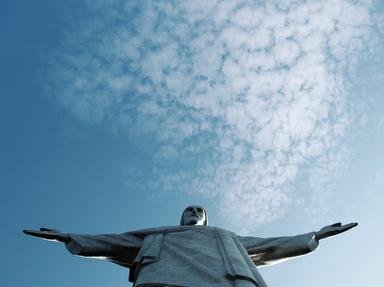Quiz Answer Key and Fun Facts
1. How many wars did Cubans fight to gain independence from Spain?
2. When did the first major uprising against Spanish rule occur?
3. What was the insurrection called?
4. Who was the leader of the insurrection?
5. What was the goal of the revolutionaries?
6. How many years did the first Cuban insurrection last?
7. The fighting in the first Cuban insurrection ended with a compromise in the form of autonomy. Where was the peace agreement signed?
8. About how many lives were lost during the first Cuban insurrection?
9. A small war, La Guerra Chiquitta, was unsuccessfully fought 1879-80. It was initiated by whom?
10. Who was the mastermind of insurrection that would finally lead to Cuban independence from Spain?
11. What were Cuban guerrilla fighters called?
12. What famous Cuban general was called 'The Titan of Bronze'?
13. Where was the famous battle where the Cubans heavily defeated the Spaniards under Martinez Campos?
14. The Spanish general, Waleriano Weyler, was notorious for his brutal policy toward Cuban population aimed at cracking-down hard on the insurrection. What was this policy called?
15. The United States entered the war between Cubans and Spain following disaster of the USS Maine off Havana, killing 266 sailors. What reason for explosion of Maine was first mentioned by the Navy?
16. Where was the famous battle won by Roosevelt's Rough Riders that led to the capture of Santiago?
17. The US fleet under command of admiral William Sāmpson defeated the Spanish fleet trying to escape from bay of Santiago, effectively ending the war. The complete Spanish fleet was destroyed. Who was the commander of the Spanish fleet?
18. Who was the Commander-in-Chief of the Cuban Liberation Army?
19. How many combatants did the Cuban Liberation Army have?
20. When Cuba was declared independent on May 5th, 1902, its independence was limited by an imposed amendment giving US the right to supervise Cuban foreign affairs, trade agreements and the right to intervene in domestic affairs. What is this amendment called?
Source: Author
St Sava Jr.
This quiz was reviewed by FunTrivia editor
bloomsby before going online.
Any errors found in FunTrivia content are routinely corrected through our feedback system.

